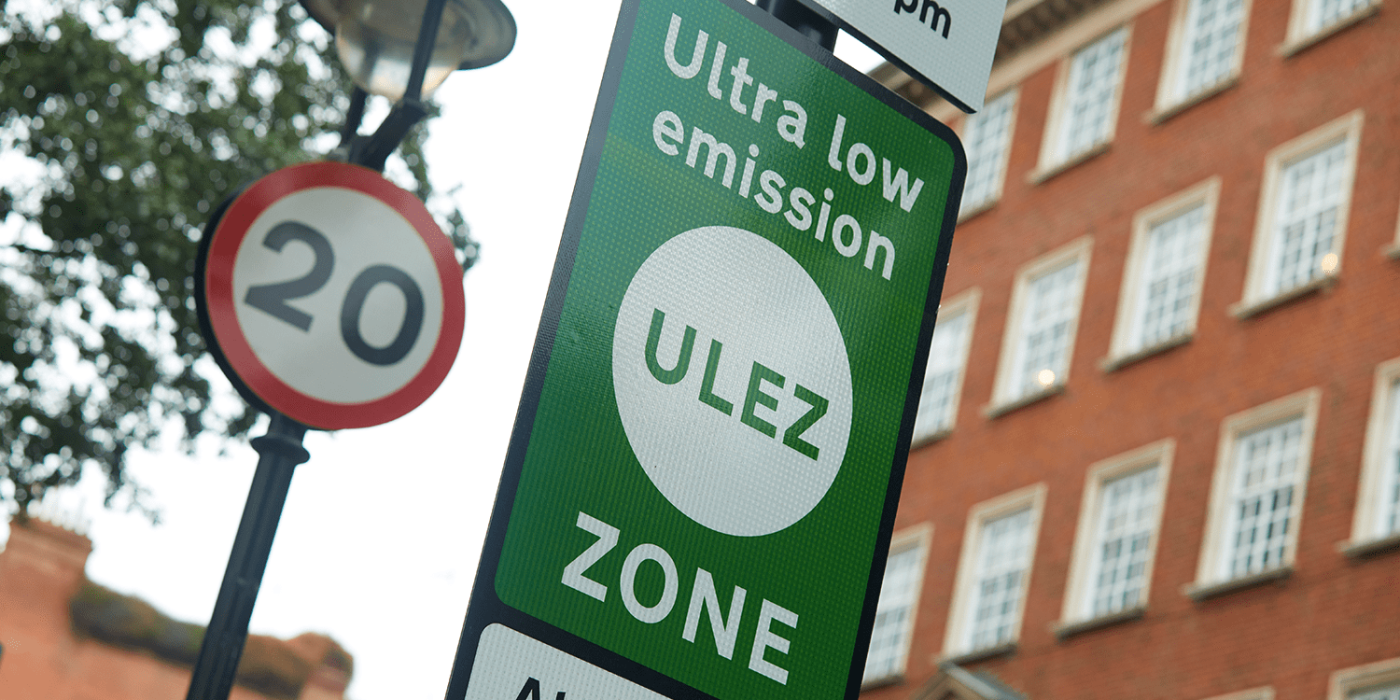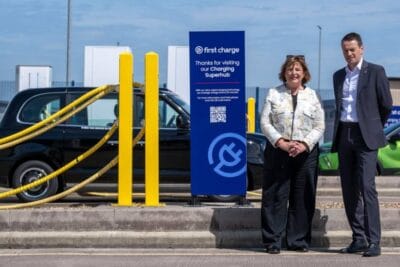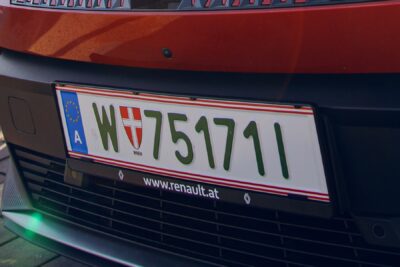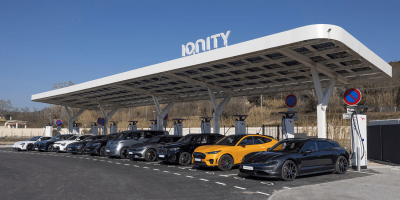Ultra Low Emission Zone (ULEZ) now covers the whole of London
The Ultra Low Emission Zone (Ulez) has been expanded to include all London’s boroughs today. Driving a non-compliant vehicle anywhere in the zone will incur a charge of 12.50 pounds per day. But, Mayor Sadiq Khan’s clean air plan is not without opposition.
As for the rules, drivers of vehicles below Euro 4 (petrol) or Euro 6 (diesel) standard must now pay £12.50 per day (14,60 euros). This includes residents of all London boroughs; only parked cars are exempt. Electric vehicles are also naturally exempt from the charge.
To help the transition, a £160m scrappage scheme is still available for all Londoners, with a maximum of £2,000 being offered per vehicle. The city itself is providing a budget of the equivalent of €125 million. The mayor’s office reports receiving 15,000 applications for the scheme in the last few weeks.
Not paying the ULEZ fee will incur penalties of £180, which goes down to £90 if paid within 14 days.
Transport for London, the authority working most closely with City Hall across the capital and is in charge of the ULEZ, recommends setting up auto pay. There is also a compliant check online, although it has exhibited delays at launch today.
To monitor the new zone, TfL is installing 2,750 cameras across outer London and says it has erected almost 70% of the total number planned.
Still, the cameras, especially, have been met with opposition in the outer boroughs. According to the BBC, the Met Police has received hundreds of reports of stolen or vandalised cameras.
Nevertheless, TfL’s transport strategy and policy director, Christina Calderato, told the BBC that the transport authority was “ready” for the expansion.
They have had time to prepare as well. The mayor confirmed the ULEZ expansion in November 2022, and today’s announcement is on schedule.
As in previous communications, City Hall beholds that the low emission zone has already been very successful in central and inner London, saying it has helped to reduce roadside pollution levels by 44 per cent in central London and 20 per cent in inner London.
When speaking to the BBC today, Khan added: “We now have a really effective policy to reduce air pollution.”
He expects the ULEZ expansion will mean five million more people will be able to breathe cleaner air and live healthier lives.
ULEZ expansion over time
The Ultra Low Emissions Zone was introduced in 2018 and expanded from its starting area in June of that year. As a side note – Ulez was first suggested in 2015 by a Conservative, the then mayor of London, Boris Johnson.
With the onset of the Covid 19 pandemic, London lifted some regulations to allow supporters of “critical occupations” to move freely around the city for work, but these were reintroduced in May 2020. Further extensions of the zone took place in 2021 and March 2022, with the expansion across all of London announced last year.
When unveiling these plans at the end of November 2022, Khan said that the money raised through the ULEZ charges would go back into funding public transport. He confirmed this claim today.
The ULEZ is in addition to the Congestion Zone covering central London. While initially introduced in 2003 to curb congestion and reduce traffic, it soon became an effective clean air measure once City Hall exempted hybrid and electric vehicles from the Congestion Charge of currently £15 per day. Cities across England now have clean air zones with various charges.
Across Europe, cities like Oslo or Amsterdam are working towards banning non-electric cars from entering inner cities entirely.





0 Comments